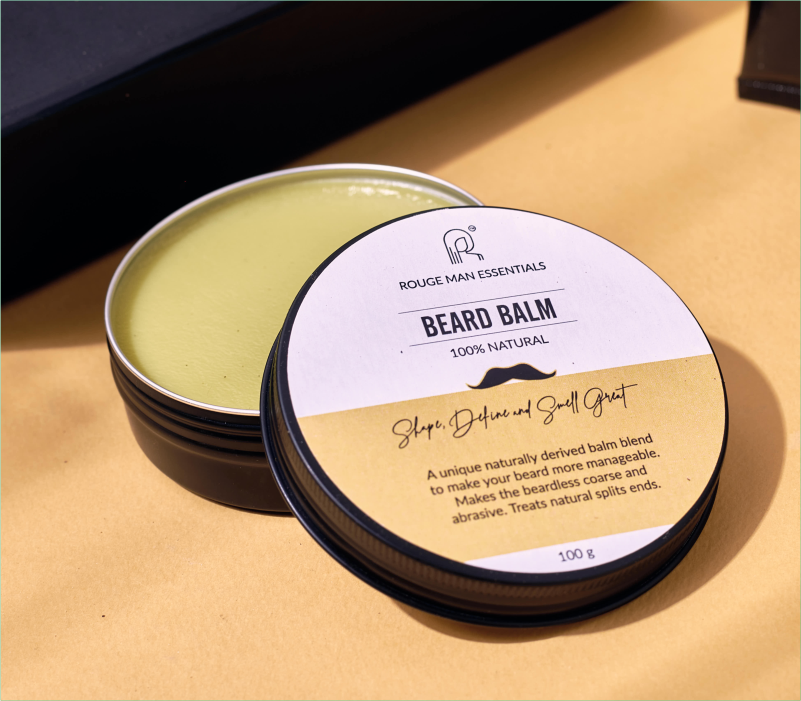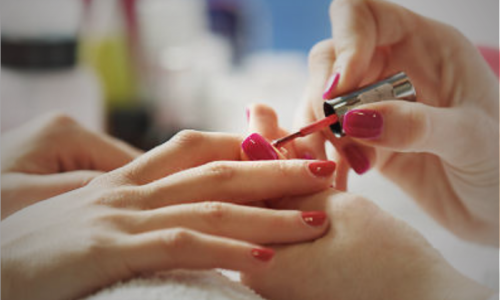
Did you know that every skin type responds to ingredients differently? The most ideal choice for your skin may not actually be commercial products meant for the general public! Knowing your specific skin type is therefore crucial for choosing the right skincare products.
Let’s examine how to identify your skin type.
What Are The Various Types Of Skin?
Normal skin: Normal skin is neither too oily nor underdeveloped. It produces sebum in a balanced manner and has healthy blood flow.
Oily skin: Having oily skin means that it looks greasy. A breakout of acne is common with this skin type. Excess sebum production leads to oily skin.
Dry skin: The flaky and rough appearance of the skin indicates dryness. On occasion, it could seem constrictive and irritate you.
Combination Skin: Dry skin and oily skin are both components of combination skin. Typically, mixed skin types have dry cheeks and an oily T-zone.
Sensitive Skin: You might have sensitive skin if spicy food makes your skin flush and if new items cause you to react poorly.
How To Know Your Skin?
The Blotting Sheet Technique
A sheet of blotting paper can be used to gently wipe your face. Hold it up to an intense light. If there is little to no oil present, your skin is probably dry. You have mixture or regular skin if the sheet picks up some oil from the T-zone. You most likely have oily skin if it absorbs oil from every area of your face.
The Barefaced Approach
Use a gentle cleanser to clean your skin, then gently pat it dry. After 30 minutes, leave it bare (without any products applied) and examine your cheeks, nose, and forehead for any shine.
Observe whether your skin appears parched on any facial movements or smiles after another 30 minutes. You probably have dry skin if it feels tight, while combination skin looks shiny on the forehead and nose. You have oily skin if your cheeks, nose, and forehead look shiny.
How To Recognize Each Type Of Skin And Care For It?
What is Normal skin?
Eudermic is another name for normal skin. It is balanced, as evidenced by this. It is neither very oily or dry. Normal skin typically produces sebum and has pH levels that are in harmony.
How do you recognize normal skin?
- Smooth texture
- Fine pores
- No sensitivity
- No blemishes
- Few or no breakouts
- Radiant complexion
How should normal skin be cared for?
Simple question: Will you take insulin if you don’t have diabetes? That does not, however, imply that you should indulge in a nightly feast of high-carbohydrate foods and your favorite chocolates.
You also need to take care of your skin. You don’t need to spend a lot of time on your skincare regimen if you have regular skin. However, you should make it a point to maintain good health, drink plenty of water, and practice good skincare habits.
Tips To Maintain A Normal Skin
a. Drink enough water: Your skin could get dry and flaky if you don’t receive enough water during the day. Additionally, it may cause overproduction of sebum.
b. Put on sunblock: The maintenance of overall skin health requires the use of sunscreen. Your skin may get dry, wrinkled, and develop dark patches if it is exposed to the sun directly. It is advised to use an oil-free sunscreen to prevent clogging skin pores.
c. Moisturize: For whatever skin type, moisturizers are essential. They keep the skin hydrated and stop it from creating excess sebum.
d. Before going to bed, remove your makeup: Breakouts can result from makeup clogging pores. After a long day, you should take it off to prevent that.
e. Cleanse your face before going to bed: Every night before going to bed, wash your face, even if you don’t apply makeup. Pores can become clogged by exterior dirt and bacteria.
What is Oily skin?
The main cause of oily skin is an overabundance of sebum production. This type of skin has an overproduction of oil, and it tends to be glossy, sweaty, and more prone to breakouts like blackheads and acne.
How do you recognize oily skin?
- Greasy appearance
- Open/Big pores
- Prone to breakouts
- Blackheads, other blemishes, etc
Why does my skin get oily?
a. Hormonal changes: Oily skin can be caused by hormonal imbalances during adolescence or pregnancy.
b. Climate: The time of year and your geographic location can affect how oily your skin is. You’re more likely to have oily skin if you live in a hot, humid climate.
c. Genetics: Take a look around. Do members of your immediate family have oily skin? If the response is “yes,” you most certainly also possess it.
d. Huge pore size: Sebum tends to be produced in larger pores.
e. Exfoliating excessively or using abrasive soaps
What you believe is causing your skin to shine at times can actually be harming the health of your skin. Exfoliating too frequently or vigorously can increase sebum production. Using harsh chemicals that are inappropriate for your skin type might also make your skin oilier.
Guidelines for oily skin:
a. Regular moisturizing: Regular moisturizing will keep your skin hydrated and stop it from producing excess sebum. It’s crucial to get the correct moisturizer. For oily skin types, a lotion-based, thin moisturizer is recommended.
b. Maintain hydration: Take in enough liquids to keep your skin moisturized. By doing this, you can stop your skin from creating too much oil.
c. Wash Your Face twice a day: To prevent pore clogging debris and bacteria, wash your face twice a day. Avoid overwashing. Your skin needs certain oils, which might be removed by overwashing. As a result, your skin can become more oil-prone and sensitive.
d. Cosmetic Routine: Avoid utilizing skincare products and substances that are heavy and chemically-rich. Instead, search for non-comedogenic makeup items to avoid pore clogging. Use soft cleaners as well, and avoid scrubbing. Before going to bed, make sure you remove any traces of makeup.
e. Refrain from frequently touching your face: Breakouts and pimples every now and then are normal if you have oily skin. To stop further spreading, you must refrain from popping or plucking any pimples.
What is a Dry Skin?
A dry, flaky appearance of the skin can be caused by a lack of moisture. We refer to this as dry skin. Less oil is typically produced by dry skin, which is also lifeless. This skin type is susceptible to dryness and fluctuations in the weather.
How do you recognize dry skin?
- Flaky and rough skin
- Uneven texture
- Itching
- Skin feels tight
- More visible lines
- Less elasticity in skin
Why does dry skin occur?
a. Genetics
You are probably going to have dry skin if the majority of your family members do.
Season b.
Due to low humidity, arid areas and the winter months are more likely to experience dry skin.
Long showers (c)
It can rob your skin of its essential oils if you spend a lot of time in the shower. Skin dryness is a result of this.
d. Age
Guidelines for oily skin:
a. After bathing, moisturize your skin frequently to maintain it supple and hydrated.
b. Limit the amount of time you spend in the shower. Take fewer, no more than twice daily, shorter showers.
b. Gently pat yourself dry while you do this. While showering or drying, avoid scrubbing.


